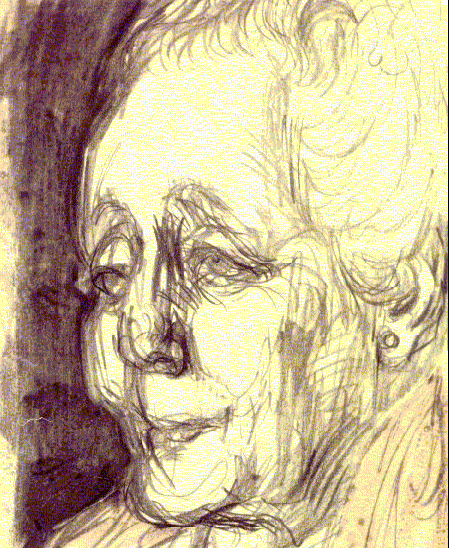 Robert M. Young Online Writings
Robert M. Young Online Writings
Mental Space
I was asked to give some seminars at the University of Kent on any topics I cared to think about. I did so for a number of years, and this book is the result. I thought about what enhances and constricts mental space - space for reflection, for feeling, for relating to others, for being open to experience? I address this question in the light of two sets of issues: first, how we locate psychoanalysis in the history of thought about nature and human nature, with particular reference to Cartesian mind-body dualism; second, which psychoanalytic approaches are most useful and resonant with our experience, as contrasted with scientistic versions of psychology. I then turn to key concepts which bear on these issues: culture and cultural studies, transference and countertransference in the analytic space, psychotic anxieties and other primitive processes, projective identification and transitional phenomena. In each case I try to give a careful exposition of the history of the concept and the debates about its scope and validity, in individual and social terms, including group relations, racism and virulent nationalism. Particular attention is paid to the kinds of accounts of human experience which are most enabling, as opposed to those which diminish the richness and depth of experience. This is, then, a book about the problematic idea of mental space and about the concepts which I have found most helpful in understanding what enhances and threatens it. It was published by Process Press in 1994. The net version includes numerous corrections.
Contents.
1.Human Nature and Spatial Nature
4. Analytic Space: Countertransference
5. Primitive Space: Psychotic Anxieties
6. Projective Space: The Racial Other
7. Ambiguous Space: Projective Identification
8. Potential Space: Transitional Phenomena
